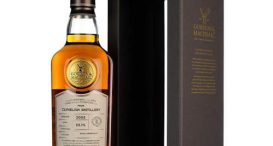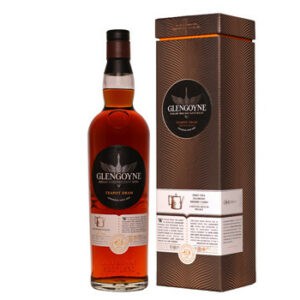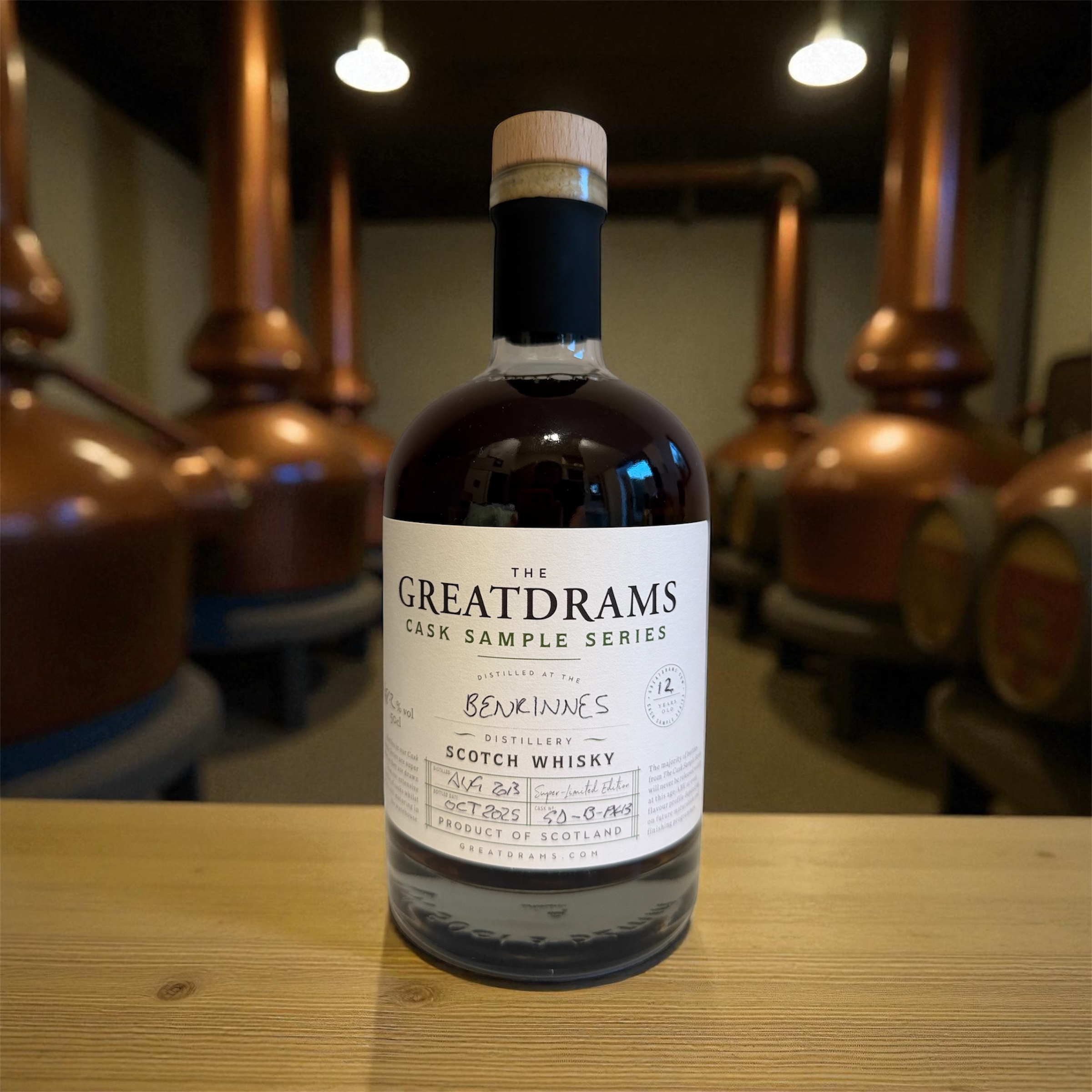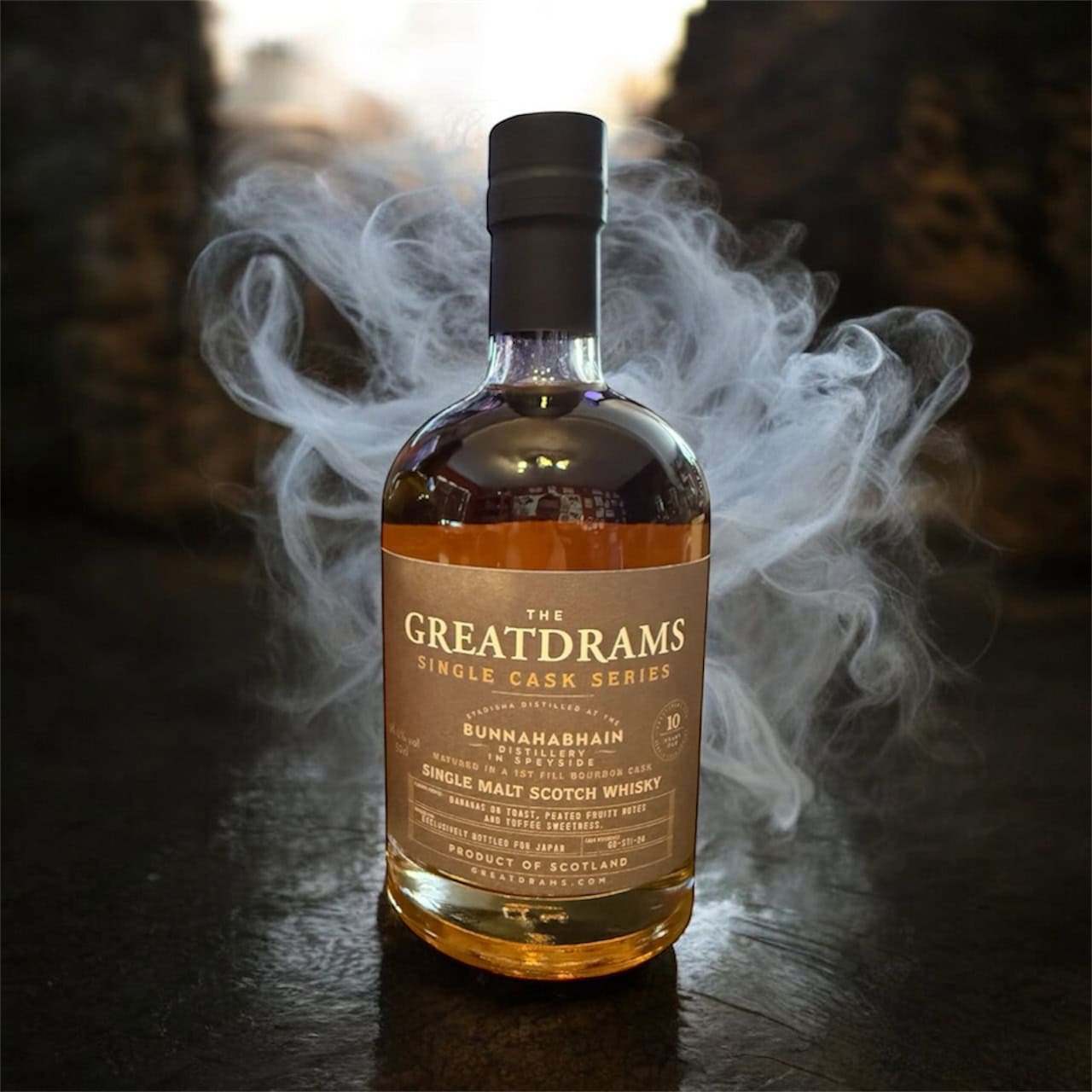How to Nose Your Whisky Like a Pro and Why It Really Matters
Now, when it comes to whisky, I’ll be the first to admit that in certain circles, there is somewhat of a pretentiousness to whisky, bordering on snobbery. If you’re familiar with the blogs here on Great Drams, you’ll know that we’re not really fans of that. As far as I’m concerned, whisky is for everybody and as long as you enjoy it, drink it however you like.
When I was just a wee lad, just discovering my love for whisky, I used to think that ‘nosing’ whisky was one of the most pretentious things you could do. I was convinced it was a waste of time and was just a way for whisky drinkers to try to show off. How wrong I was.
The more I learned about whisky, the more I discovered just how important nosing is. For me, it’s part of the journey and when it comes to enjoying whisky, it’s every bit as important as that first sip.
Here’s a look at how to correctly nose your whisky and why it really is so important.
Choose the Right Glass
Yes, when it comes to whisky, the type of glassware you use to drink the whisky from really does matter.
If you were to drink from an old and battered metal camping mug for example, you certainly wouldn’t get the same experience as you would if you drank from a proper nosing glass. Yep, nosing glasses really are a thing, and they do make a difference.
Nosing glasses are tulip-shaped with a wide base and a thin, tapered neck. The wider base provides extra surface area and lets the dram breathe, whereas the tapered neck helps to channel the alcohol fumes, scents, and aromas from the whisky upwards.
Note the Colour
People often assume that nosing a whisky is all about sniffing and smelling the different aromas it gives off. Don’t get me wrong, that is certainly a part of it, but there’s so much more to take in.
The first taste is with the eyes and once the whisky is in your nosing glass, take a moment to enjoy the colour and appearance of the whisky. You can tell a lot about a whisky by its colour. Whiskies that are more mature, or have been aged in casks containing port, red wine, or sherry tend to be darker in colour.
Younger whiskies are often lighter and usually come from newer casks.
Give It a Gentle Swirl
Don’t worry, it’s nearly time to taste that first delicious drop of whisky, but before you do, give it a gentle swirl in its glass.
Take the glass by its base and gently swirl the liquid inside to create a mini whirlpool effect. By swirling the whisky you’re helping to oxygenate it and encourage those harsh alcohol vapours to dissipate.
Agitating the whisky also helps to bring out even more of its natural aromas so your nose will find it much easier to pick up the different notes.
Nose the Whisky
Now comes the actual nosing of the whisky, which is basically a fancy way of telling you to sniff it.
Carefully bring the glass up to your nose and take a gentle sniff. Really get your nose in there but don’t inhale too much, you’re trying to smell the whisky, not snort it!
Move the glass around, agitate the whisky, and switch nostrils. If your sense of smell is becoming overwhelmed, move the glass away and take a few moments to recover, and then go in for another whiff.
Close Your Eyes and Try to Detect the Different Notes
When nosing a whisky, I find it easier to close my eyes and really concentrate on the different scents and aromas I’m picking up from the whisky.
Are there any smells the whisky’s aromas remind you of? Maybe a freshly baked apple pie, a bowl of fresh porridge, a sticky toffee pudding and custard, a rainy day by the seaside, freshly mown grass on a summer’s day.
Is the whisky fruity or peaty? Are you getting any menthol notes? Perhaps it’s a little spicy. Really take your time here and allow your nostrils to regroup after each sniff. Each sniff should give you a different scent and a different note.
Don’t Be Influenced by Others
One of the many things I love about whisky, is the fact that how a whisky tastes is entire subjective. I’ve reviewed whiskies that were allegedly heavily peated and was barely able to pick up notes of a lightly smouldering campfire several miles away. Others, however, took a sniff and were blown away with the heavy smoky notes from the peat.
If a whisky’s tasting notes emphasise its fruitiness, yet you’re barely getting any fruit at all, don’t let this influence you. Stick to your guns and focus on which scents, notes, and aromas you get from the whisky.
Sip and Enjoy
Finally, the time has come to take that first sip.
Take a gentle sip from the glass, lightly move the whisky around in your mouth, let it sit on your tongue, and then swallow. What are you getting from it?
Does the taste match the smell or are you getting something new? How’s the mouthfeel? Is it light and watery of cloying and oily? Move the whisky around your mouth to really appreciate its mouthfeel. Try to coat as much of your mouth and tongue with the whisky as you can.
Relish the Finish
Finally, how’s the finish? The nosing experience ends with the finish. Once you swallow the whisky it should leave a lasting impression.
You should get an aftertaste left in your mouth long after the whisky is gone. What can you taste? Are you getting any harsh and burning alcohol notes or is the finish smooth, thick, and creamy? Can you taste fruit or is there any peat coming through. Does the aftertaste remind you of anything?
For me, the finish is every bit as important as the nose of a whisky, so really relish that finish and enjoy it between each sip.
If you’d like to learn more about your favourite whiskies, or simply treat yourself to a dram or two at the same time, head on over to GreatDrams.com and take a look at what we have to offer.
With an impressive selection of limited-edition, rare, and award-winning whisky, as well as heaps of whisky info on our blog, it’s the perfect spot for any whisky lovers out there.












